|
|
Lovers of the West and Westerns: The best gift book this Christmas is Carobeth Laird’s, Encounter with an Angry God, Recollections of my Life with John Peabody Harrington. It’s 190 pages of excitement. And, it’s neither on a best seller list nor by a well known author.
This is the real thing. The American Indian West as it was documented by the greatest linguist-ethnographer, John Peabody Harrington, a genius who was so obsessed with recording data that he ignored traditional routes of academic prestige. Today he would probably be labeled a manic-depressive.
Carobeth Laird, writes an intensely personal reminiscence of the seven-year period (1915 to 1922) when she was married to Harrington. The couple traveled the West as field ethnographers during the formative years of American anthropology. This was the beginning of the time when the Indian family consisted of a father, mother, some children, maybe grandparents and—an anthropologist. A scholar in her own right, Laird wrote this fascinating book in 1975 when she was days away from age 80. That in itself is noteworthy.
Harrington’s notes were meticulous and copious. The nature of his relationships with his Indian informants is filled with contradictions, but you’ll meet those informants. You can solve for yourself the riddle of his personality—and Carobeth’s as well.


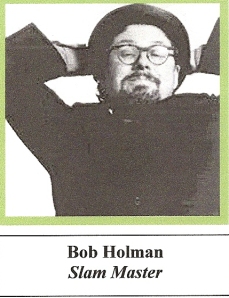
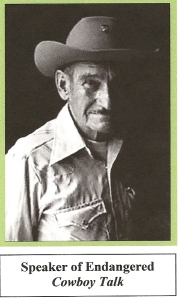
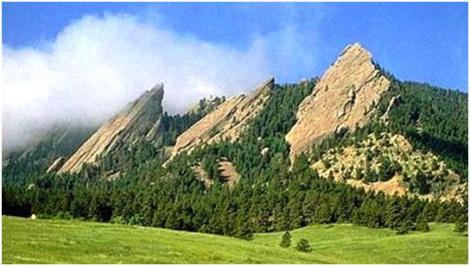

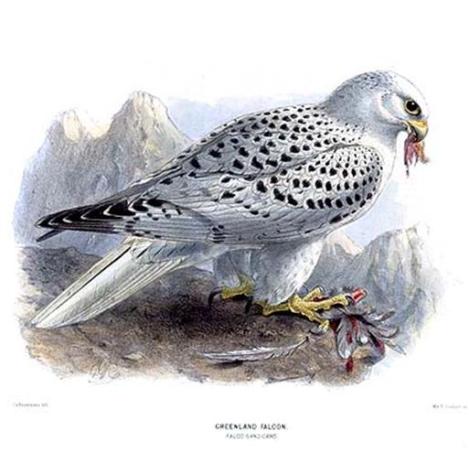

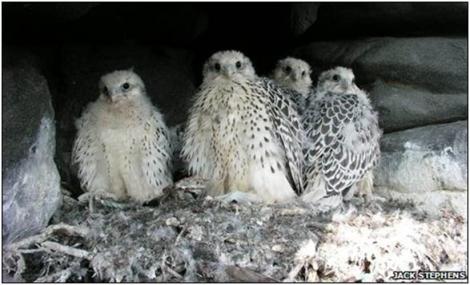



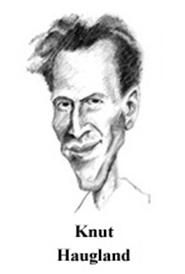
 VIKING OF THE CAT WORLD — THE NORWEGIAN FOREST CAT
VIKING OF THE CAT WORLD — THE NORWEGIAN FOREST CAT
